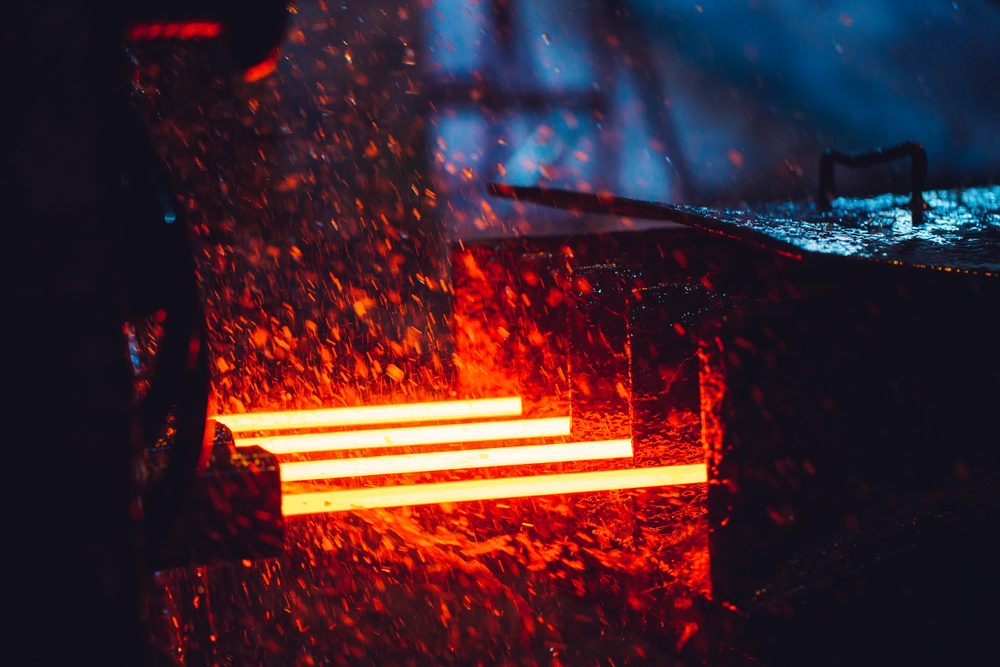Difference Between Hot Rolled & Cold Rolled Stainless Steel
by Yaseen
Posted on March 12, 2022 at 12:05 PM

Introduction
Stainless steel is both functional and fashionable. It is the preferred option for the majority of the applications and industries in the area.
Fabrication and shaping are important procedures that make stainless steel application simple. The forming procedures that offer a finish to the stainless steel surface are hot rolling and cold rolling.
Hot and cold rolling are used to improve the characteristics of stainless steel. Hot and cold rolling can greatly improve mechanical properties without changing the chemical composition. Knowing both procedures can help you save time, money, and energy. Read more to know the differences between these two procedures:
Temperature:
The main distinction between the two is that hot-rolled stainless steel is processed at high temperatures, whereas cold-rolled stainless steel is further processed at room temperature. Stainless steel grades can be hot rolled or cold rolled, depending on the application's requirements.
Benefits:
Heating above the temperature of recrystallization refines the microstructure grains and improves the mechanical characteristics. Stainless steel may be easily moulded and shaped at this point.
The process begins with a billet, which is a huge rectangular piece of metal. It's rolled and heated. The rolled metal is then exposed to high temperatures and repeatedly passes through high-speed rollers.
Toughness, ductility, formability, and weldability are all improved by hot rolling stainless steel. As stainless steel cools, it shrinks slightly. In hot rolled stainless steel items, the accuracy of intolerances and forms is impaired. Sandblasting and pickling can be used to remove scale.
In applications where precision and dimensions are not critical, hot rolled stainless steel is recommended.
After hot rolling, cold workings are used. It must be completed before proceeding. To achieve accurate dimensions and a smooth surface, hot rolled stainless steel is drawn again at room temperature.
Many processes, such as drawing, turning, grinding, belt polishing, and so on, were used in cold drawn operations. Stainless steel that has been cold rolled has tight tolerances, a smooth finish, and well-defined angles and edges.
Stainless steel that has been cold rolled provides a more appealing appearance. Yes, the extra processing of cold workings makes it more expensive. Cold working results in hardness, stress resistance, and deformation.
Features:
Cold-drawn bars have a better surface finish, tighter tolerances, and straighter straightness than hot-rolled bars. Scaling, irregular edges, and distortions can be found on the surface of hot rolled stainless steel. Stainless steel that has been cold rolled is stronger and harder than stainless steel that has been hot rolled.
Cost:
Cold-rolled stainless steel takes more time and costs more money than hot-rolled stainless steel.
Which Should You Choose: Hot Rolling or Cold Working?
It is dependent on the product's design and intended use. Stainless steel is preferable for any thrilling image of the approaching application thanks to both methods.
Amardeep Steel is one of the first companies to produce cold-drawn stainless steel products. We are a proud and knowledgeable manufacturer of sophisticated cold-drawn flat and precision bars. Separate factories with the most up-to-date technology and equipment are housed in our multi-unit property. Requests for information and consultations are always welcome. Enquire Now!